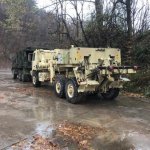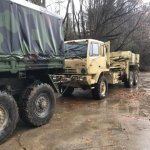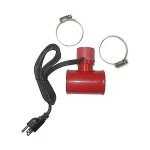Registered the truck today. In AZ, when titling a commercial truck, you get to choose the GVW. I chose the curb weight of 17,770 + 1 ton payload = 19,770 GVW. Why did I do that? Because of the parking regulations here in Tucson. The GVW is printed on the registration, and I'll print it on the truck door as well. I do not plan to haul more than a ton of anything. If I do the "Big Camper" thing, well, the bed at 2400 lbs can come off, allowing me to stay under the declared max.
Sec. 20-262. Truck parking on streets not designated as truck routes prohibited.(a) It is unlawful to park any vehicle having a total gross vehicle weight rating in excess of twenty thousand (20,000) pounds, including, but not limited to, trucks, truck tractors, road tractors, trailers, semi-trailers, vehicle transporters, or any combination of such vehicles

1) On a street not designated as a truck route under article I section
20-15 of this chapter; or(2) On a street posted pursuant to section
20-15.1(b) with a sign or signs limiting the gross weight of vehicles permitted on the street; or(3) Within a residence district.









